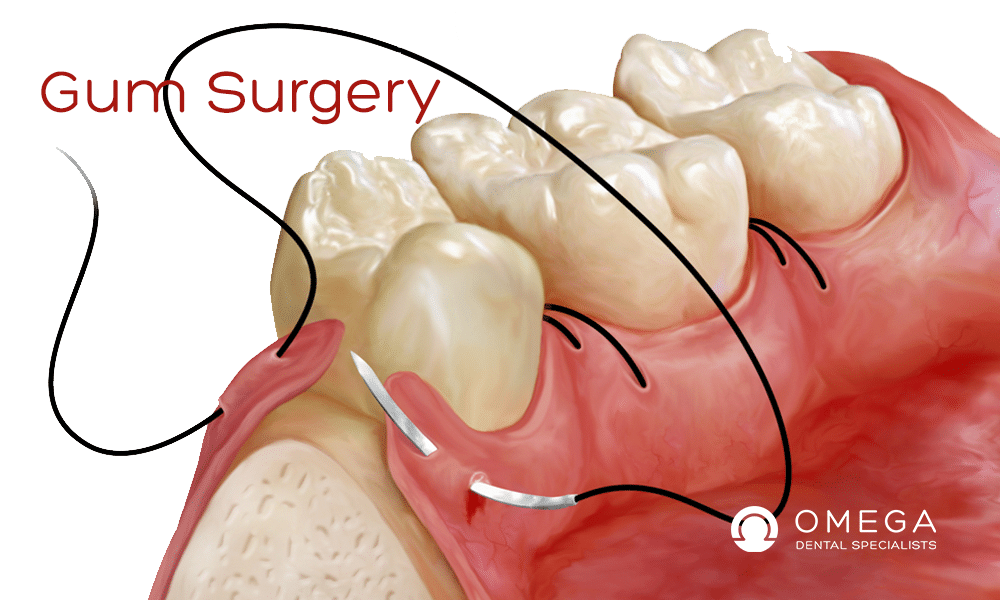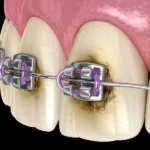Cost of Alveoloplasty

Alveoloplasty Cost
One of the main benefits of Alveoloplasty is that it helps to restore masticatory function. Alveoloplasty helps to improve overall dental aesthetics, which in turn results in enhanced facial aesthetics. The technique or procedure can be used for both single and multiple teeth related to extractions. In most cases, there is an initial procedure involved with Alveoloplasty that includes leveling or smoothing sharp edges that are naturally inherent in the patient’s dental structure and formation. The Alveoloplasty cost can vary substantially depending on the patient’s overall dental health and medical condition. That said, the prices do have wide variations in range and can be anywhere from $500 up to $2000 depending on the unique situation at hand. Talking with your dental care professional is the best way to determine the cost of your specific treatment.
In many instances, existing bone can be remodeled rather than being surgically removed. In other situations where there is an urgent need to correct or reconstruct overall dental structural integrity, Alveoloplasty may require extensive surgical intervention. Regarding anesthesia, Alveoloplasty can be performed under either local or general anesthesia. This is another aspect of this type of surgical procedure that may be determined by the patient’s unique case. Some kinds of Alveoloplasty procedures should be considered. For example, single tooth extraction is perhaps the most common type of Alveoloplasty procedure.
What is Alveoloplasty?
The use of surgical procedures and methods needed to shape the alveolar process is known as Alveoloplasty in today’s modern dentistry. In most cases, this type of surgical procedure is used when a patient has projections of bone, sharp crystal bones, or what is sometimes referred to as undercuts. The main goal of this type of procedure is to preserve as much of the alveolar bone as is possible. The surgery is usually done with the intent of preparing for prosthetic appliance placement. The procedure involves reconquering the alveolar ridge to allow for the best possible tissue condition needed to support a denture. This is accomplished primarily by carefully securing substantial amounts of the soft tissue and bone necessary to ensure a successful outcome.
How to Do Alveoloplasty?
- Anesthesia is administered, and then a small incision is made along the alveolar ridge’s crest. This incision is typically extended the full length of the site of the extraction.
- Next, the removal of soft tissue is performed. This includes removing tissue from the mesial sides and the socket’s distal.
- Next, bone is carefully and slowly removed through the use of a variety of surgical procedures. Smoothing is performed using something known as a bone file.
- There should be no undercuts, and any additional bone fragments must be removed as the site is carefully inspected and irrigated.
- Finally, various types of suture may be used to close the wound and complete the procedure.
There are other cases where the extraction of multiple adjacent teeth is required so that the patient may enjoy the best possible outcome. This type of procedure is often done in one full and complete treatment session. It is similar to the single tooth extraction procedure. That said, the process is somewhat more detailed and more involved. Here is an explanation of the procedure that patients can likely expect in most cases.
- An incision is made along the crest of the alveolar ridge to allow for complete access to multiple teeth requiring attention. The incision must be substantial enough to allow for adequate access as needed. An incision can be either an envelope flap type or a relaxing incision, as determined by the surgeon.
- Next, teeth are carefully and precisely removed using either surgical blur or rongeur as necessary. The main goal is always the removal of sharp edges while not producing any significant undercuts.
- Smoothing is often accomplished using a standard bone file as required.
- Finally, various types of sutures, including continuous silk sutures, are incorporated as a way to complete the procedure and close the wound.
These are just a few examples of the various types of Alveoloplasty in use today. Alveoloplasty is a usual type of dental procedure commonly required by patients that enjoy very high levels of success overall. In other more extensive types of treatment, there can be extraction of teeth that include the entire arch. Patients can prepare for Alveoloplasty in some ways. For example, patients are often required to rinse with a type of mouthwash that is antimicrobial before surgery.
Also, patients are often asked to take antibiotics as well as pain medication before the actual surgical procedure being performed. As an added note, in some instances, a surgeon may require that the patient has a model of their jaw made as a way to improve overall accuracy when performing the procedure. This helps the surgeon know exactly where to remove bone and how much bone removal will be required. It is essential to understand that the precise and exact amount of bone must be removed as a way to ensure complete success. Consider these basics regarding Alveoloplasty when planning for the procedure and planning for the cost of Alveoloplasty.
-
February 15, 2023What Is The Average Cost Of Braces In Houston?
-
February 01, 2023What You Need to Know About Dental Hygienists?
-
January 30, 2023What to Expect During the Wisdom Teeth Extraction
-
October 23, 2022Wisdom Tooth Removal Cost
-
October 23, 2022Dental Emergency, Open Saturday
-
October 23, 2022Full Guide to Dental Crown
-
July 26, 2022Should I Have My Wisdom Teeth Removed Before I Get Braces?
-
July 26, 2022Complete Guide to Wisdom Tooth Removal





